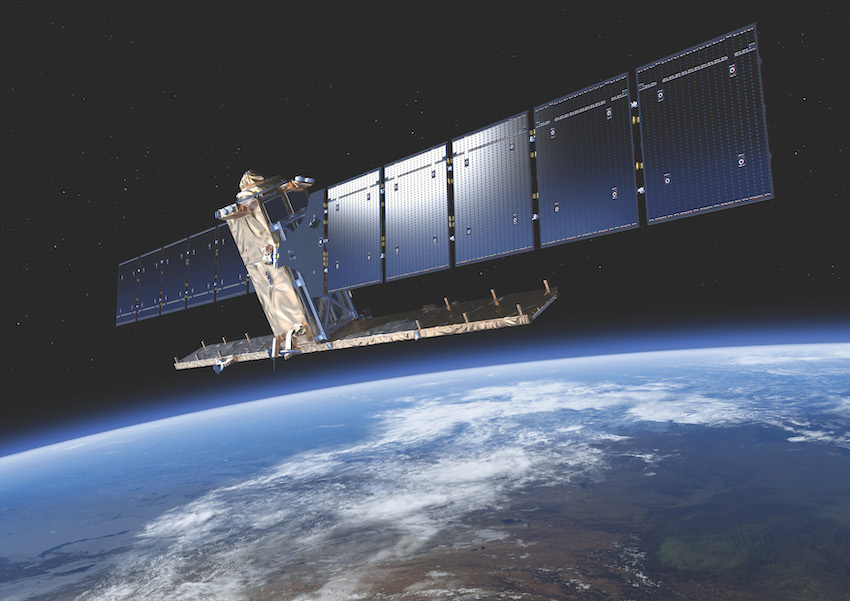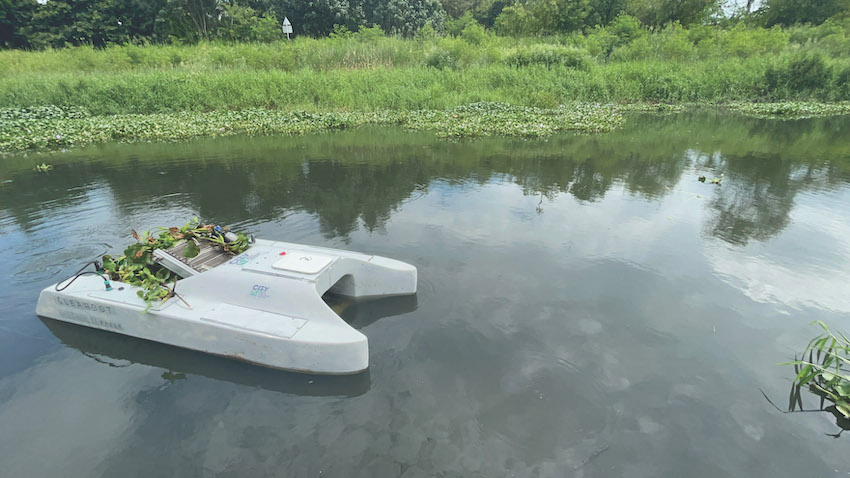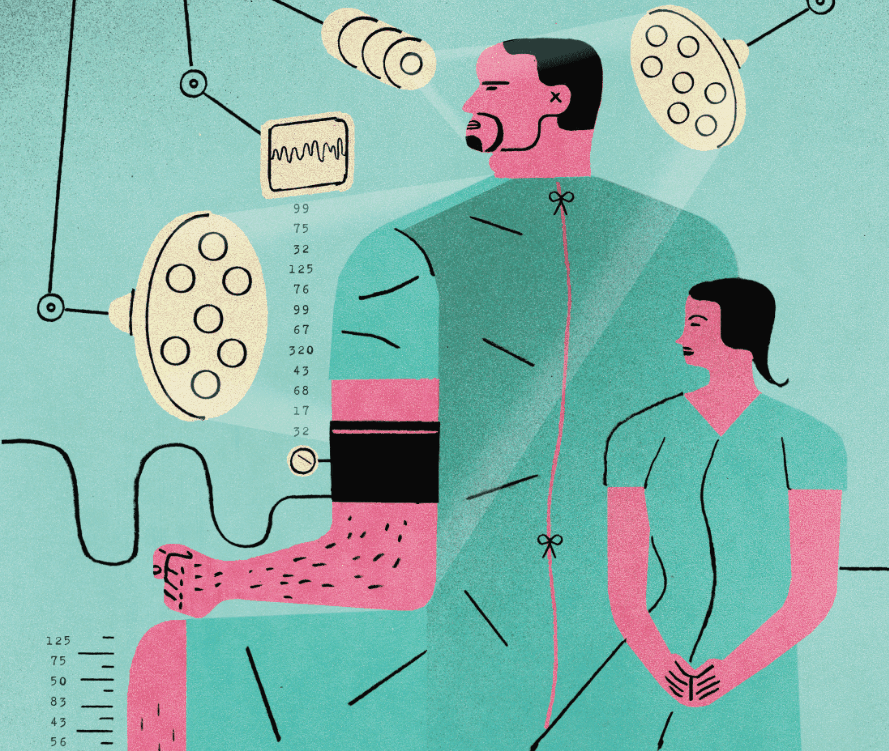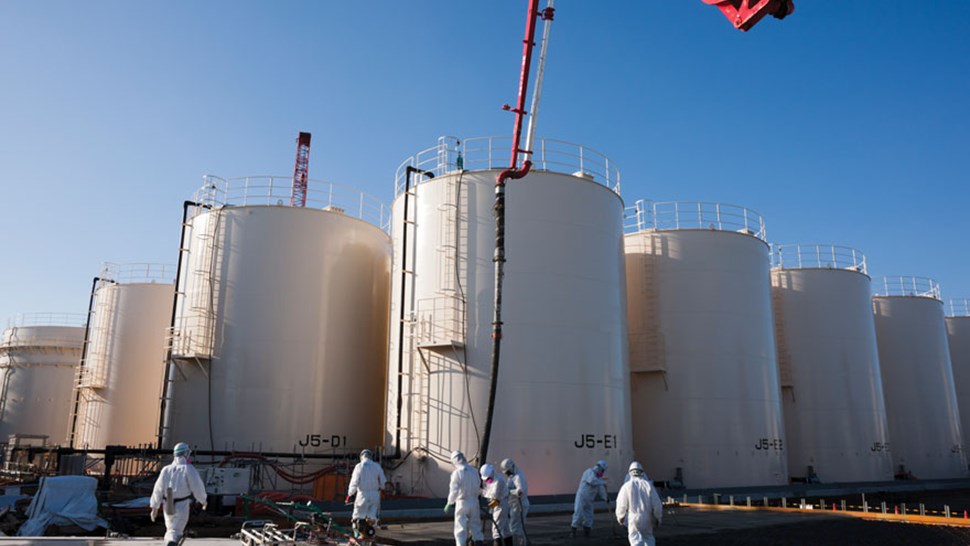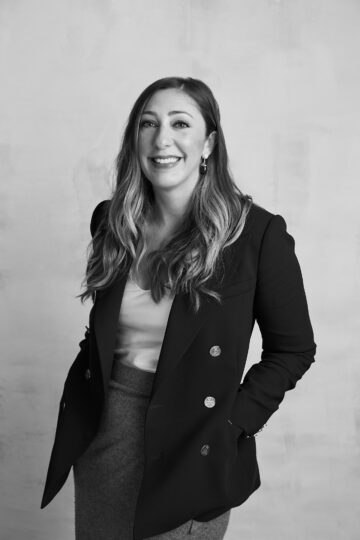Clearbot CEO Sidhant Gupta speaks with Brunswick.
Clearbot came out of a student trip, right?
My co-founder and I went to Bali in 2019. I was studying computer engineering at the University of Hong Kong. He was studying computer science, specializing in artificial intelligence. We found out the university would pay for your flights and hotels if you did a student project. And we really wanted to go to Bali. So we went, and saw that these surfers were going out every morning and pulling out trash from the water. We spoke to the local government there and found out they spent a lot of money on the issue because they depend heavily on tourism, and tourists don’t visit dirty beaches. And while we were there, we actually put together the first concept of our boat; we built it out of aluminum and some local materials. It was a pretty crappy-looking box.
When we came back to Hong Kong, we saw something similar in the marina with these diesel- and petrol-powered boats fishing trash out of the water. We worked out that, because of the amount of fuel they’re burning to collect so little waste, they were actually creating more pollution than they were cleaning up. It’s a broken system.
“We’re not the ultimate solution to ocean plastic—we’re something in a portfolio of solutions. The bigger picture for us is decarbonizing the ocean.”
Who are your customers?
Governments first and foremost. We work with basically any marine environmental department. We’re working with the government in Hong Kong and we just expanded into India. There are also government contractors—our boats clean up construction sites and can also do marine inspections. In marine construction sites, usually you need to do inspection work under the water or on the surface. It tends to be expensive and dangerous. Our boats have cameras on board and can be driven remotely, so it’s cheaper and safer.
We also work with property companies—luxury hotels with waterfronts, yacht marinas, that want to keep the water clean.
Finally, we partner with companies. Microsoft, for instance, helped us to train our machine-learning models. Other companies sponsor a boat. Sponsorships are usually about marketing or carbon credits. And we’ll use that sponsorship to try to get the government to support the project after their sponsorship ends. Governments don’t want to try your product, they want something that’s working; they want to see a six-month pilot before they order. So the sponsorships are actually really helpful.
The boats pick up more than trash, right?
Yes. They can deliver up to 200 kilograms of cargo, for instance.
But just on pollution removal, they also remove invasive vegetation and can clean up small-scale spills. Another problem, and this is big in India, is that foam develops on the surface of lakes because of pollutants in the water. Our boats actually break down the foam.
How?
It pulls water up with a small water pump, and then sprays it back on to the water surface, breaking the foam down. That leaves an oil on the surface, which the boat picks up.
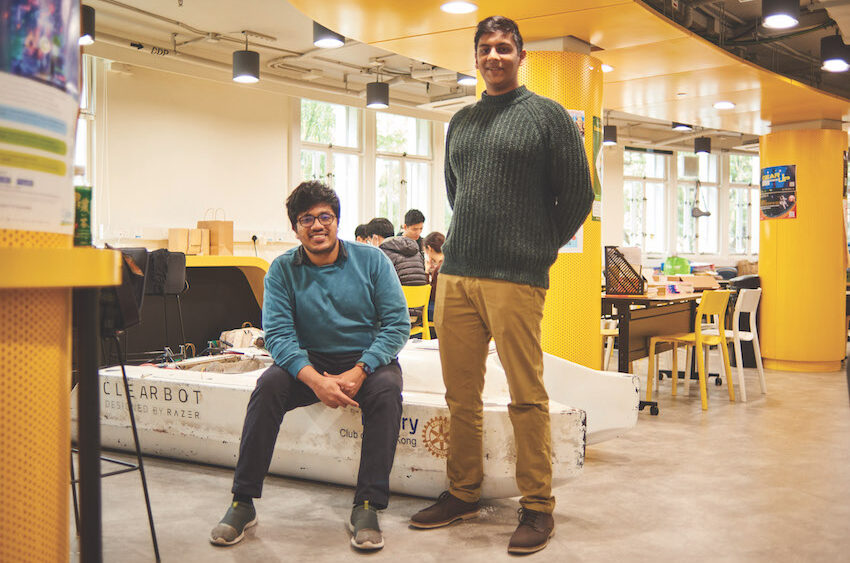
The idea for Clearbot came to Sidhant Gupta (right) and Utkarsh Goel while the pair were on a student trip in Bali. Sidhant leads the business as CEO, while Utkarsh is the company’s CTO.
What happens to the trash once the boat gets back to its docking station?
It’s site-specific. In Hong Kong, for example, with the government sites, they have a designated contractor to collect marine waste. In India, we hired a recycler to pick up waste from our boats, recycle it and share the data of what percentage is recyclable, what percentage was waste, and so on.
What sort of impact has your work had so far?
There’s this part of Hong Kong’s harbor called the Wan Chai Basin. People live there in apartments along the Harbor, and it’s also a fairly big tourist spot. The government had opened a little space for people to rent paddle boards. That site was one of the dirtiest sites that we’ve had. Our boats were pulling out so much trash. You saw a very immediate, very direct impact. And there was a lot feedback from the community
Going forward, I think our most impactful projects will be in India, because we’re targeting the Ganges River, and in Kerala we’re doing a lot of the backwaters. These are critical waterways. And we’ll not only have an environmental impact—there’s a lot of waste in the water in India—but we’ll also be supporting the water infrastructure for the country. A lot of the economy depends on these waters being navigable and clean, for boats to be able to move around. Having waste in the water is a real problem. It gets stuck in pillars, it causes damage. And so we’re actually adding value.
You’re working on marinas, rivers, lakes, shorelines—preventing trash from getting to the ocean, in other words. But you’re not collecting trash from the ocean just yet.
To get to the open ocean, we need a bigger boat, something that could survive the waves and the weather. We’re building a business flywheel that allows us to generate enough revenue so that, in a few years, we can start building a larger boat and tackling bigger problems.
We’re not the ultimate solution to ocean plastic—we’re something in a portfolio of solutions. The bigger picture for us is decarbonizing the ocean.
Every time we can replace manual, petrol-powered boats, we’re part of that solution.
More from this issue

Nature Positive
Most read from this issue

Going Local for Real-World Impact
